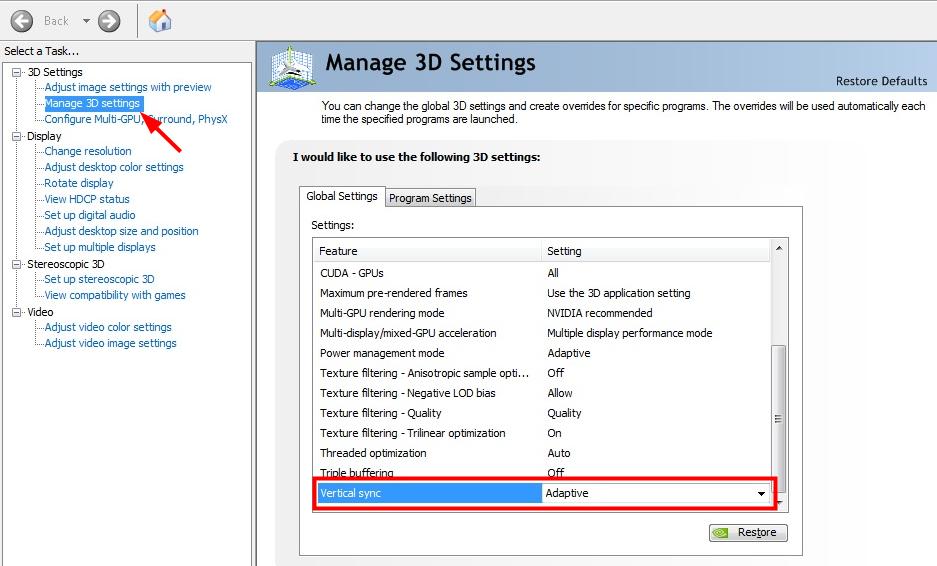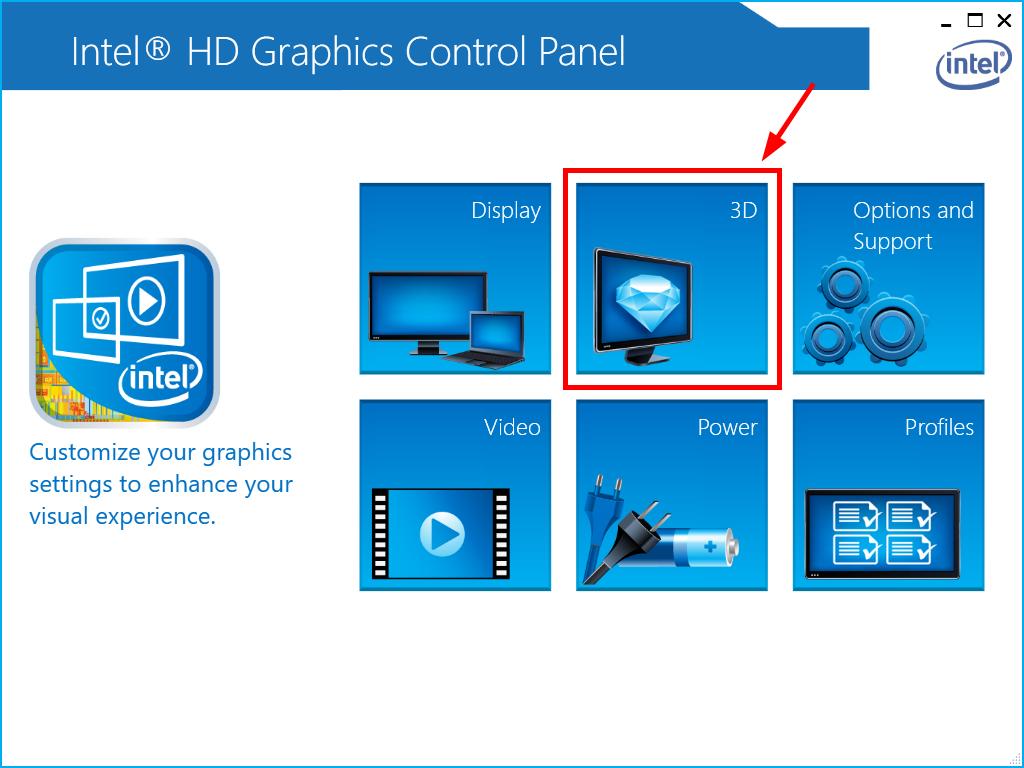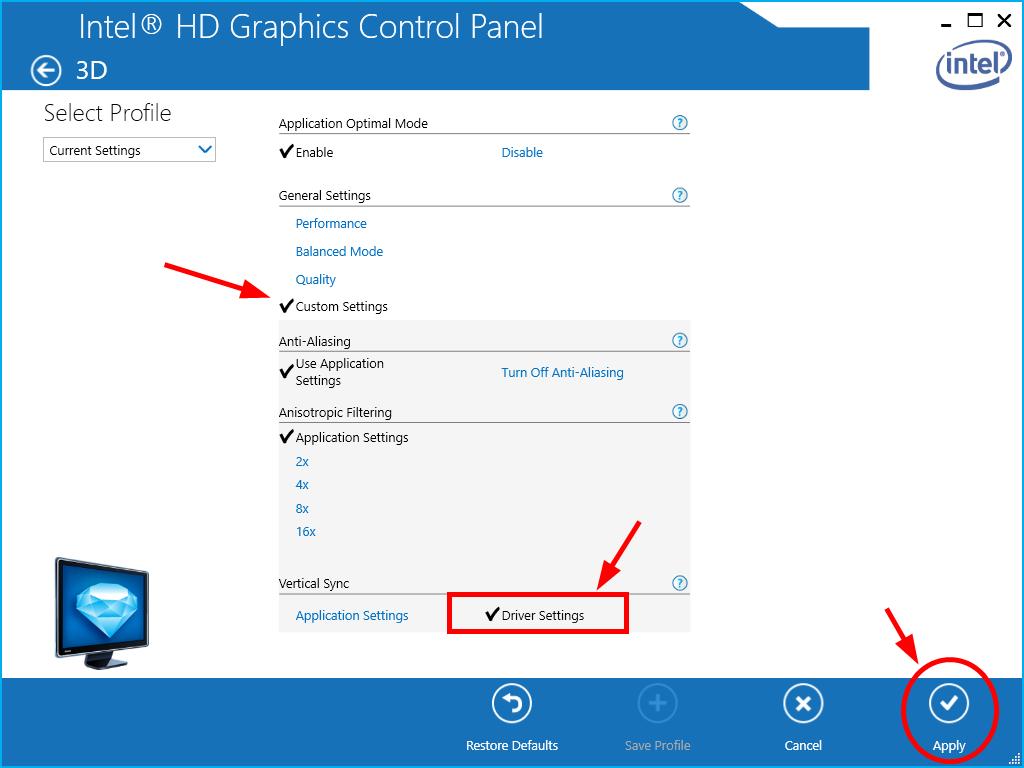
Many people are recently reporting a screen tearing issue on their computer. They are having this issue while playing games or watching videos, and for some it’s happening everywhere.
Why does my screen tear?
One common cause is that your computer outputs more video frames than your monitor can take. For example, if your monitor is using a fixed refresh rate of 60 Hz (refreshes every 1/60 second), the video output with frame rates higher than that can be out of sync with your monitor. Then you have multiple frames displayed at once on your scree, which is the screen tearing issue.
Another possible cause is problem device drivers. You may be having the issue because of the wrong or out-of-date drivers.
How to fix my tearing screen?
There are two fixes you can try:
Method 1: Update your drivers
You monitor screen may tear if your device drivers, especially your graphics driver, are wrong or out of date. So you should update your drivers to see if it fixes your problem. If you don’t have the time, patience or skills to update the drivers manually, you can do it automatically with Driver Easy.
Driver Easy will automatically recognize your system and find the correct drivers for it. You don’t need to know exactly what system your computer is running, you don’t need to risk downloading and installing the wrong driver, and you don’t need to worry about making a mistake when installing.
You can update your drivers automatically with either the FREE or the Pro version of Driver Easy. But with the Pro version it takes just 2 steps (and you get full support and a 30-day money back guarantee):
1) Download and install Driver Easy.
2) Run Driver Easy and click the Scan Now button. Driver Easy will then scan your computer and detect any problem drivers.

3) Click the Update button next to each driver to automatically download and install the correct version of this driver (you can do this with the FREE version). Or click Update All to automatically download and install the correct version of all the drivers that are missing or out of date on your system (this requires the Pro version – you’ll be prompted to upgrade when you click Update All).

Method 2: Turn on V-Sync
V-Sync can limit the video output frame rate to 60 FPS (frames per second), which suits your monitor’s 60 Hz refresh rate. Enabling V-Sync can be an effective fix on many computers suffering from screen tearing.
You can turn on V-Sync on your game graphics settings if you get your issue when playing games.

You can also enable it on your video card settings. This process can be different, depending on the video card you use. But generally, you will need to open the control panel for your video card on your computer. The following shows you how to turn on V-Sync on NVIDIA, Intel and AMD video card.
For NVIDIA users:
Open NVIDIA Control Panel and click Manage 3D settings. After that click the drop-down menu next to Vertical sync and select On or Adaptive.

For Intel graphics users:
1) Open Intel HD Graphics Control Panel and then click 3D.

2) Click Custom Settings. Then under Vertical Sync, click Driver Settings or ON. After that click Apply.

For AMD graphics users:
Open Radeon Software, go to Gaming > 3D Application Settings/Global Graphics. Then set Wait for vertical refresh as Always On.


After you turn off V-Sync, check to see if your monitor screen gets back to normal.





